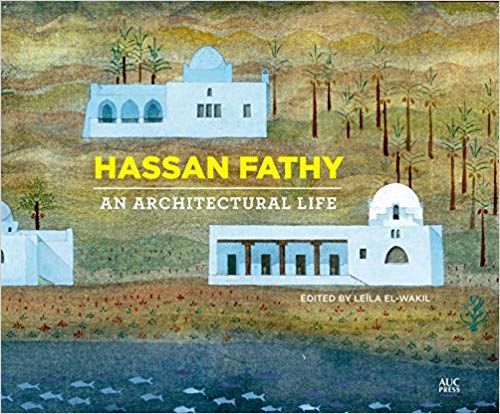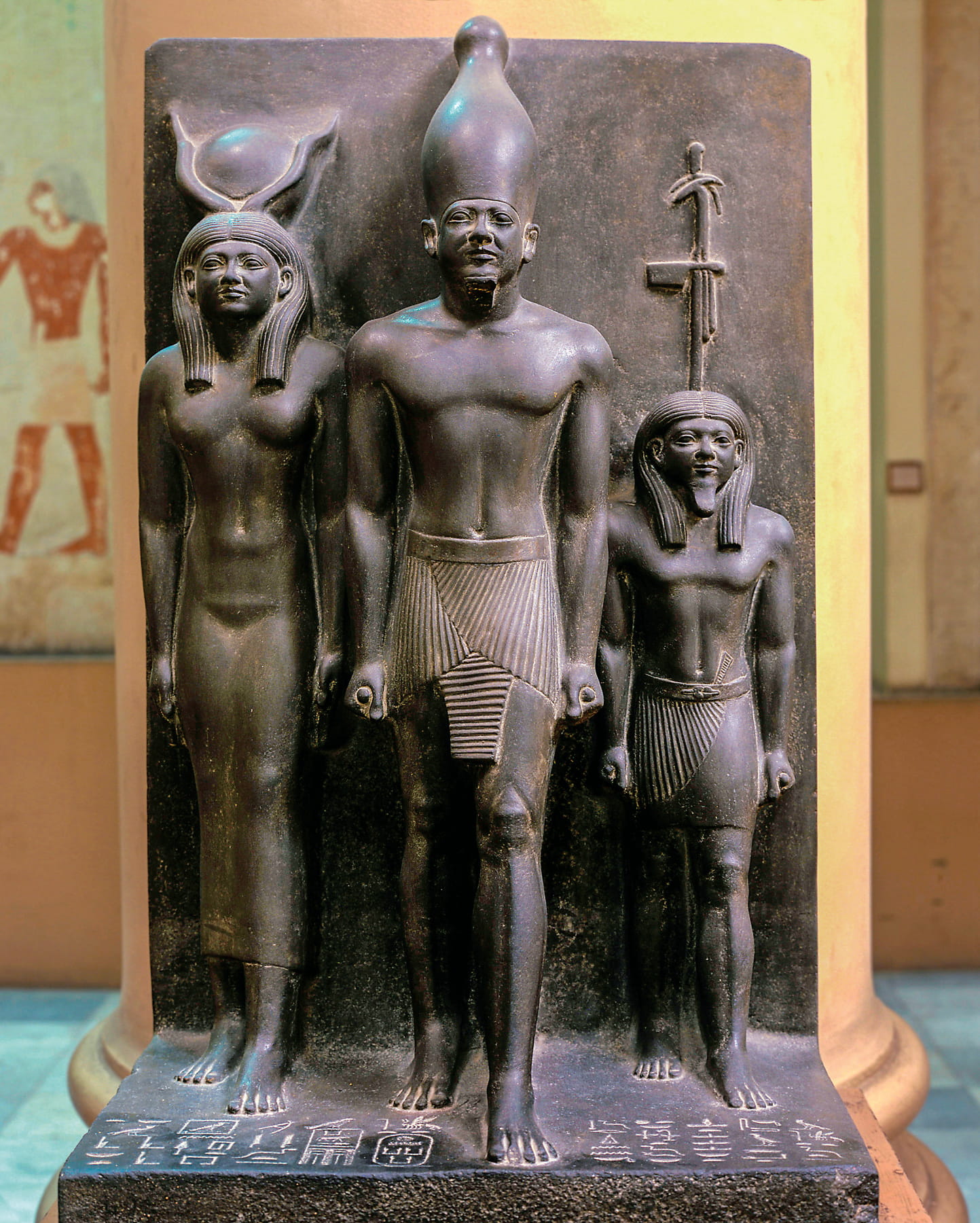
Hassan Fathy: An Architectural Life
Tom Verde
Leila El-Wakil, ed.
2018, AUC Press, 9-789-77416-789-8, $95 hb.
Esteemed Egyptian architect Hassan Fathy (1900–1989) regarded himself “as not simply a builder but a ‘scientist’”—a spiritual successor to ancient Egypt’s most-renowned architects, such as Imhotep and Amenhotep, who, in his words, “had a profound understanding of the widest implications … of architecture.” These ranged, in his estimation, from the practical (astronomy, mathematics) to the ethereal (philosophy). Despite these lofty job qualifications, the project for which Fathy is most fondly and reverently remembered is his plan for the village of New Gourna (1945–48), an affordable housing development partially built on the west bank of the Nile in Luxor. Using local materials, traditional building practices and energy-conservation techniques, Fathy envisioned what he termed “Architecture for the Poor,” also the title of his 1975 book on the project. This richly illustrated ode to Fathy’s life and career features essays by 11 Egyptian and international scholars.
You may also be interested in...

The Legacy of Egyptologist George Reisner—Our Book Review
When George Reisner died in 1942, he did so surrounded by ghosts—not just the pharaohs he’d unearthed but the stacks of unpublished notes that entombed his legacy.
In War and Peace, Book Explores How Rome and Persia Remained Frenemies
Book Review: In his latest scholarly work, Roman historian Adrian Goldsworthy reduces Persian and Roman longevity to simply an ever-evolving coexistence.